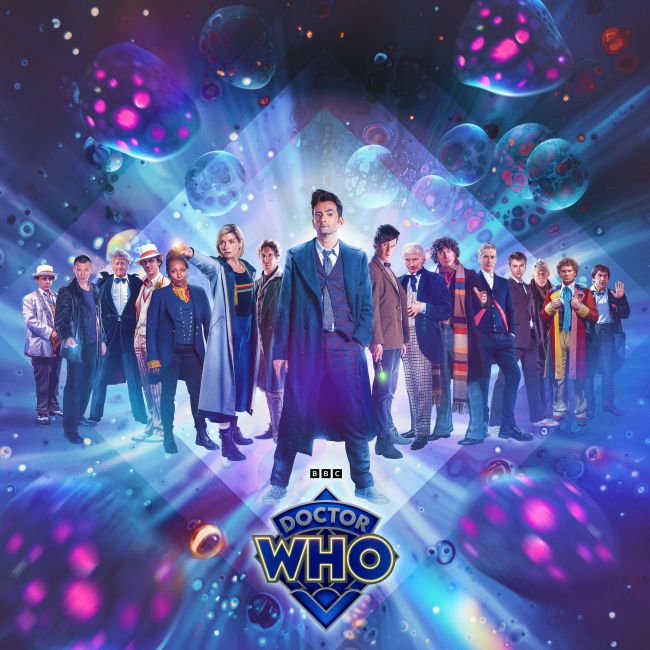Do you ever wonder how your favorite movies and TV shows come alive with captivating narration and character voices? Voice over, or VO, is the secret ingredient behind these immersive experiences. It’s a technique where a voice is recorded for off-screen use, adding depth and emotion to storytelling. From radio to today’s digital age, voice over has evolved alongside technology. In this article, we’ll explore the definition of voice over, its role in different mediums, and the key elements that make a great voiceover artist. So sit back, relax, and let’s dive into the fascinating world of voice over.
Definition and Meaning of Voice Over
Voice over, also known as VO, is a production technique where you record a voice for off-screen use. It has various applications in different industries. In the field of animation, voice over brings characters to life by providing their voices and emotions. In advertising, voice over is used to deliver persuasive messages and engage audiences with the product or service being promoted. Voice over also plays a vital role in documentaries, providing narration and guiding viewers through the story being told. The history of voice over dates back to the early days of radio and has since evolved with advancements in technology. Today, voice over continues to be an essential tool in the entertainment industry and beyond, enhancing storytelling and delivering powerful messages to audiences worldwide.
Voice Over Vs. Voice Acting
When comparing voice over to voice acting, it is important to consider the different techniques and skills required. Voice over techniques involve practices such as practice and warm-up exercises, understanding the script and audience, using proper mic technique, controlling breathing, and mastering editing and post-production. These techniques are essential for delivering a seamless and professional voice over performance. In terms of scriptwriting, voice over requires specific considerations such as balancing it with other elements of the script like dialogue and visuals. Advancements in technology have also played a significant role in the evolution of voice over, allowing for scripted voice overs to be used in various mediums including animation and video games. Voice over has become an integral part of these industries, providing character narration and enhancing storytelling experiences for audiences worldwide.
Evolution of Voice Over
As you explore the evolution of voice over, you’ll discover how advancements in technology have shaped its usage in various mediums throughout history. The evolutionary impact of voice over can be seen in its historical influence on movies, television, and radio. Technological advancements have played a significant role in expanding the creative applications of voice over, allowing for more dynamic storytelling and immersive experiences. Industry trends show that voice over is now widely used in commercials, online content, and even telephone services. Voice actors have become renowned for their ability to bring characters to life through their voices. As technology continues to advance, we can expect even more innovative uses of voice over in the future.
Voice Over in Movies and TV
In movies and TV, voice over adds depth and dimension to storytelling by providing narration or conveying a character’s inner thoughts. Voice over plays a crucial role in various forms of entertainment, including animation, documentaries, video games, advertising, and narration. In animation, voice over brings characters to life by giving them unique voices and personalities. In documentaries, it helps guide the audience through the narrative and provides additional information. Video games utilize voice over to immerse players in the game world and enhance their gaming experience. Advertising relies on voice over to convey messages effectively and create emotional connections with viewers. And in narration, voice over acts as a storytelling tool that engages audiences and enhances the overall narrative structure. Voice over is truly an integral part of movies and TV that enhances storytelling in multiple mediums.
Voice Over in Commercials and Online Content
Commercials and online content utilize voiceover to effectively convey messages and engage viewers. Whether it’s a catchy jingle in an advertising campaign, a captivating narration in an online video, or a persuasive voiceover in marketing materials, the power of voice over cannot be underestimated. In today’s digital age, voice over plays a crucial role in capturing attention and making a lasting impact on audiences through various platforms such as social media and digital content. By employing skilled voice actors who can bring scripts to life with their tone, emotion, and delivery, businesses can create memorable experiences for their target audience. So next time you come across a commercial or watch an online video that captures your attention from the first word spoken, remember the influence of voice over in advertising, marketing, social media campaigns, and digital content creation.
Voice Over Techniques and Scriptwriting
Using proper mic technique and controlling your breathing are essential elements of mastering voiceover techniques. To evoke an emotional response in your audience, consider the following:
- Connect with the script: Dive deep into the words and emotions of the script to bring authenticity to your performance. Understand the message you want to convey and let it resonate through your voice.
- Use vocal dynamics: Explore different tones, inflections, and pacing to create a dynamic and engaging voiceover. Enhance storytelling by emphasizing important moments or conveying excitement or sadness through subtle changes in your delivery.
- Embrace vulnerability: Don’t be afraid to tap into your own emotions while performing a voiceover. Let yourself become vulnerable and allow genuine emotions to shine through, creating a powerful connection with your listeners.
Key Elements of a Great Voiceover Artist
To become a great voiceover artist, you must focus on versatility, clear diction, emotional range, adaptability, and technical proficiency. Your ability to convey emotional expression through your voice is crucial in capturing the audience’s attention and creating a memorable experience. Alongside that, honing your technical skills will ensure that you can deliver high-quality recordings consistently. Adaptability is key as well – being able to adjust your voice to suit different genres or styles of content will open up more opportunities for you. Versatility allows you to showcase your range and take on diverse roles or projects. Lastly, clear communication is essential in delivering the intended message effectively. By mastering these elements, you’ll be well on your way to becoming an exceptional voiceover artist.
| Key Elements | Description |
|---|---|
| Emotional Expression | Conveying emotions |
| Technical Skills | High-quality recording |
| Adaptability | Adjusting voice |
| Versatility | Variety of roles |
| Clear Communication | Effective messaging |
Advancements in Voiceover Technology
Now that you understand the key elements of a great voiceover artist, let’s explore the advancements in voiceover technology. Technology has revolutionized the field of voiceover, making it easier and more accessible than ever before. Here are three exciting advancements that have had a significant impact:
- High-quality microphones: Thanks to technological advancements, voice actors can now record professional-grade audio from the comfort of their own homes. High-quality microphones capture every nuance and inflection, ensuring crystal clear sound.
- Remote recording capabilities: With the advent of remote recording software and platforms, voice actors can collaborate with clients and directors from anywhere in the world. This eliminates geographical limitations and allows for seamless communication during the recording process.
- Artificial intelligence (AI) tools: AI-powered technologies have made it possible to automate certain aspects of voiceover production, such as text-to-speech conversion and speech synthesis. These tools not only save time but also provide opportunities for experimentation and creativity.
These advancements in technology have truly transformed the world of voiceover, opening up new possibilities and expanding its reach like never before.
Famous Voice Actors in the Industry
Famous voice actors, such as Mel Blanc and Tom Hanks, have left a lasting impact on the industry. Their iconic performances have made them industry legends, and their notable voices have shaped voice acting careers for generations to come. These talented individuals have brought characters to life through their incredible vocal range and ability to convey emotion. Their contributions to animated films, television shows, and commercials cannot be overstated. Many of these famous voice actors have become household names, recognized for their distinctive voices that audiences instantly recognize. From portraying beloved Disney characters to lending their voices to memorable video game characters, these icons have solidified themselves as pillars of the voice acting community. Let’s take a look at some of the legendary performances by famous voice actors in the table below:
| Famous Voice Actor | Iconic Performance |
|---|---|
| Mel Blanc | Bugs Bunny |
| Tom Hanks | Woody (Toy Story) |
These are just a few examples of the incredible talent showcased by these famous voice actors throughout their careers. Their contributions continue to inspire aspiring voice actors and bring joy to millions around the world.
Using Descript for Voiceover Creation and Editing
If you’re looking to enhance your voiceover creation and editing process, Descript can help you make great voiceovers with its user-friendly features. Here are three reasons why Descript is the perfect choice for your voiceover needs:
- Easy Recording and Editing: With Descript, you can record and edit your voiceovers seamlessly. Its intuitive interface allows you to cut out mistakes, add effects, and polish your recordings with just a few clicks.
- Extensive Voiceover Software Options: Descript offers a wide range of tools and features specifically designed for voiceover work. Whether you need to remove background noise, adjust pitch and tone, or synchronize audio with visuals, Descript has got you covered.
- Tips for Recording Voiceovers at Home: Descript provides helpful tips and tricks for recording professional-quality voiceovers from the comfort of your own home. From setting up a soundproof space to optimizing microphone placement, these tips will ensure that your recordings sound top-notch.
With Descript’s powerful capabilities and guidance, you’ll be able to avoid common mistakes in scriptwriting while improving your vocal performance in voiceover recordings. Take advantage of this fantastic tool to create outstanding voiceovers effortlessly.





